Anytime you create a dramatic play area in your kindergarten classroom, it's important to know how to use the space and why it will benefit your students. Creating a grocery store dramatic play center is no different. You need to know what materials you will need, as well as how to set it up in a way that makes sense. It's also important to know how this center benefits your students—especially since many districts want centers to be learning-based rather than solely play-based. The great thing about dramatic play centers is that they can do both! So, I wanted to share some main components that I use when creating a grocery store dramatic play center in my classroom.
Food Labels and Food
One of the main things you will need to turn your dramatic play center into a grocery store is food and other grocery items. You can either purchase small food sets that can be found on Amazon or in other local stores, or you can save and collect items to reuse. For example, if you are going to have milk in your grocery store, you can collect empty milk containers from the student’s lunches. Wash them out, and they are ready to go! The same could be done with juice cartons, cereal boxes, and more.
You will also need food labels so you can keep your grocery store organized. These two things alone will help students develop food and grocery store vocabulary. As they play alongside their peers, they will begin categorizing what things belong in a grocery store, and use the different grocery store words to talk with one another.
Job Title Tags
Another key component to setting up a grocery store center is job title tags. Within a grocery store, there are people who are stockers, cashiers, managers, and shoppers (more vocabulary!). Each person within the center can decide who will play which role within the grocery store, and then act accordingly. This is great for encouraging cooperation within your classroom. Students will have to work together and make sure they are fulfilling their own role in the grocery store. The communication and handling of items can help with fine motor skills as well. The imaginative play of having their own grocery store also encourages fine tuning social skills.
As well as creating job title tags, or name tags, you can make for sale signs, price tags, shopping lists, and more for your little learners. All of these things will help with language skills as well since those words can become new site words!
Cash Register and Money
A cash register and money are some more important things to add to your grocery store set-up. Most stores have small money sets, but I prefer to print my money so I only have $1 bills. Kindergarten students don’t have a full grasp on the concept of money and haven’t yet learned how to count by 5’s and 10’s, especially at the beginning of the year. When there are only $1 bills, students can still practice their counting skills and early concepts of money without all the confusion of different bills having different values.
I also try to include something for the “cashiers” to keep the money in. This could be a small money bag, a drawer separator, or my favorite—a toy cash register. Having a play cash register brings the whole center together and gives students the feeling that they are working (or shopping at) a real grocery store. After all, what kid does not love pushing buttons on a toy cash register and taking play money in and out?
Pricing food, having a sales ad (which you can easily get from local grocery stores), and allowing children to use “money” is a great way to build number sense. It also provides a great self-to-world connection. Keeping it simple and creating lists with values that only use dollars are a great option for young learners.
More Grocery Store Dramatic Play Resources
In my Grocery Store Dramatic Play Center Bundle, I have included other important dramatic play printables, too, such as receipts and grocery lists that students can use to practice early writing skills and signs for each part of the store. When used all together, it makes a cute and functional setup that your students will love to play and learn in. This is a great skill to teach children and hopefully they can carry these skills over and help make lists and go shopping with their parents at home. As an added bonus, you can easily justify this center as a learning-based center as kids are using early writing, counting, and vocabulary skills! But the best thing is to watch students having fun while learning. This can instill a love for learning deep within them for a long time to come.
What are other great ideas you have thought of for your pretend play center while reading this list? Are there fun ways you've been able to engage younger children when it comes to dramatic play themes? I'd love to hear more about it!
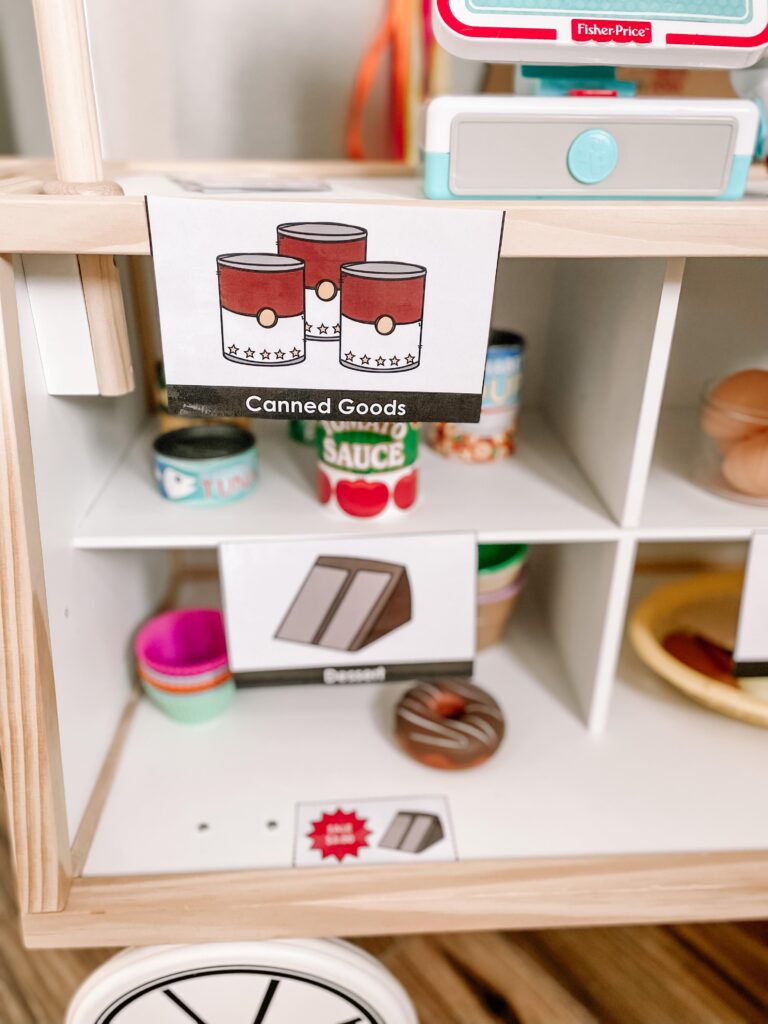
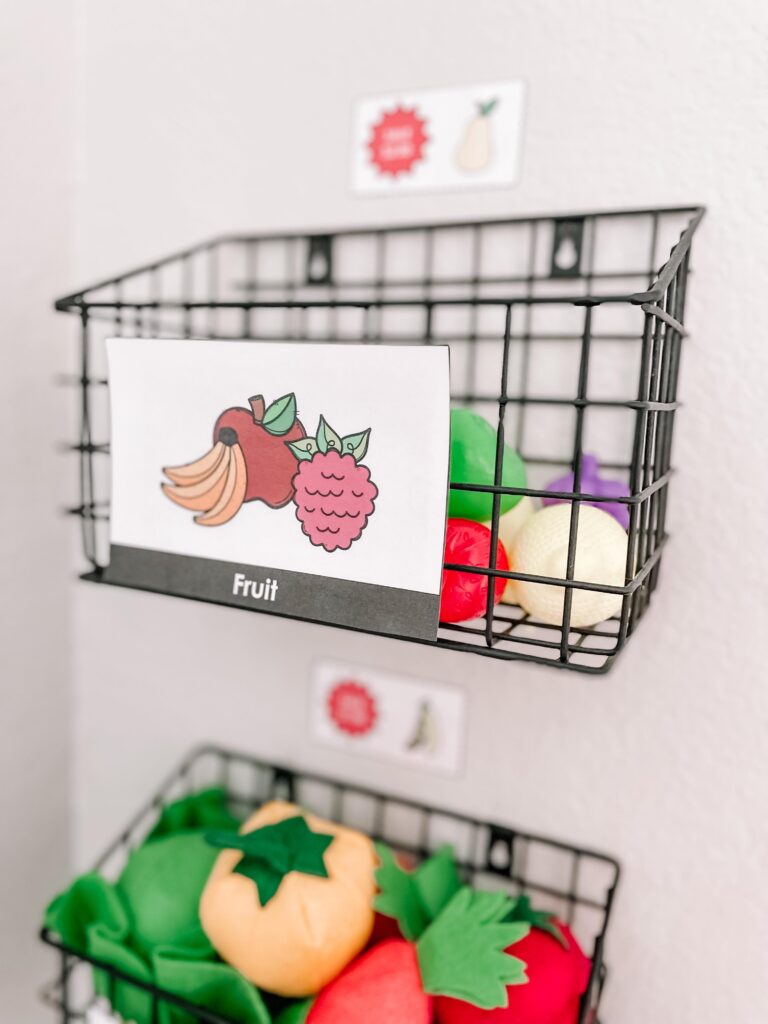
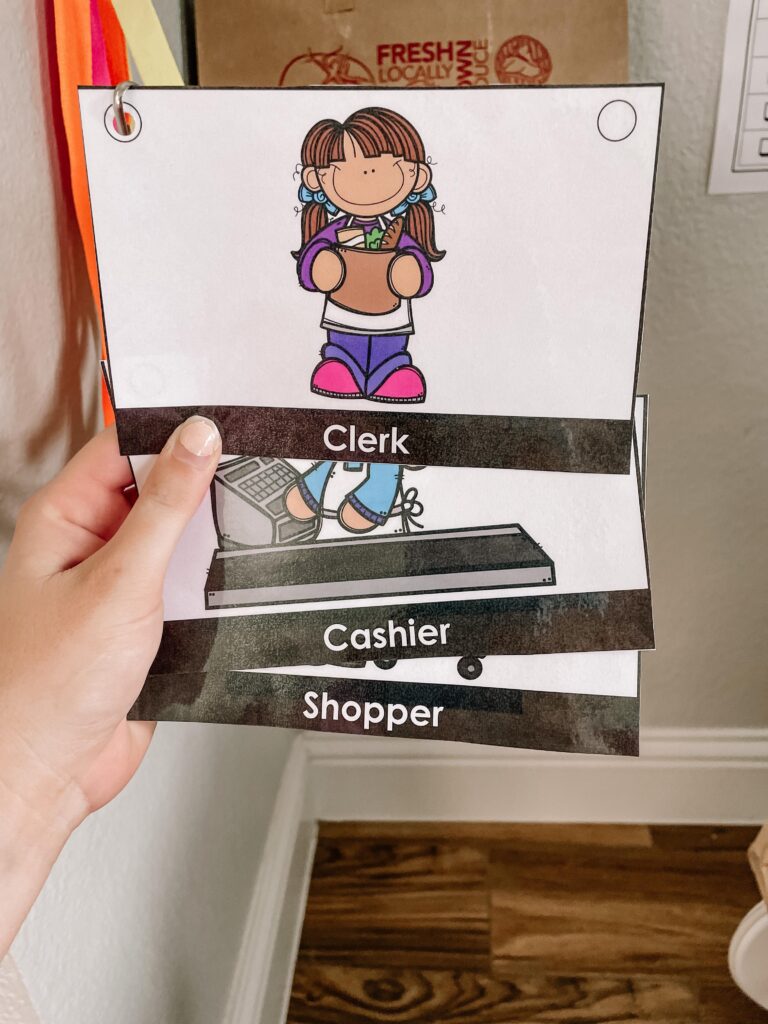
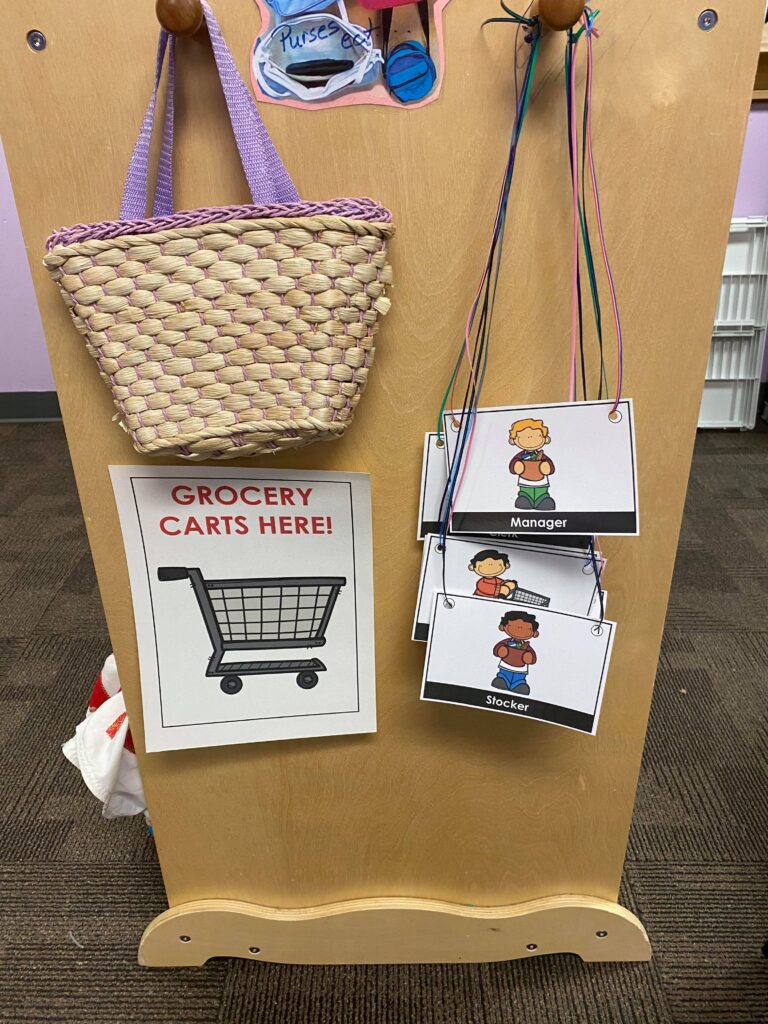
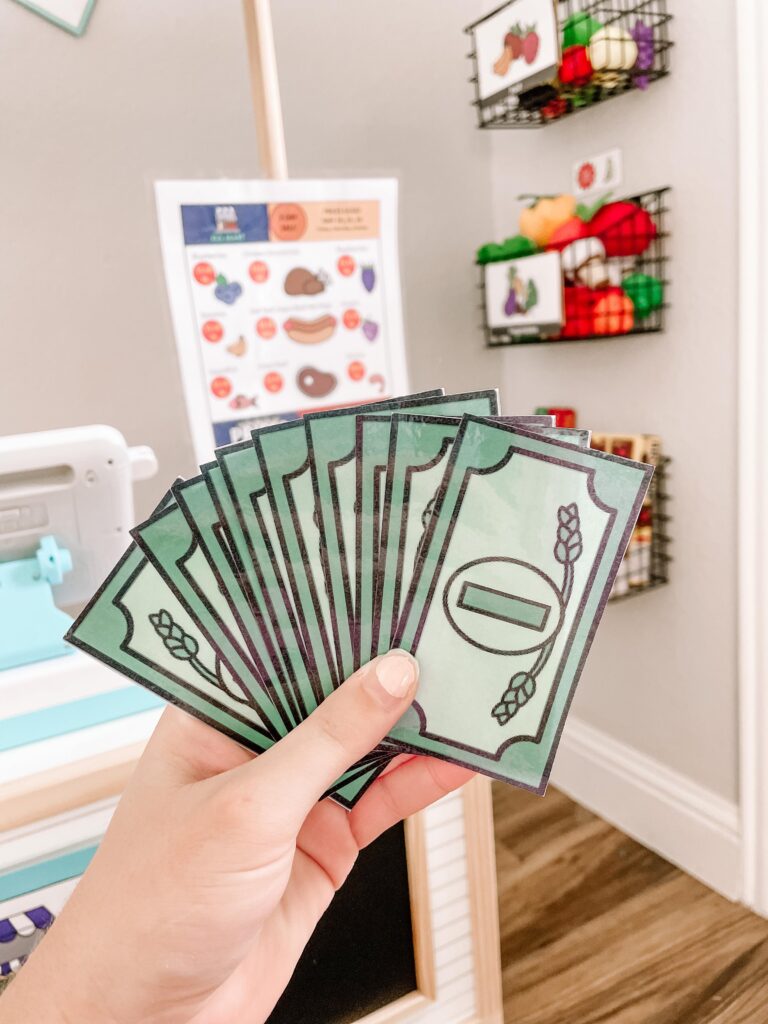
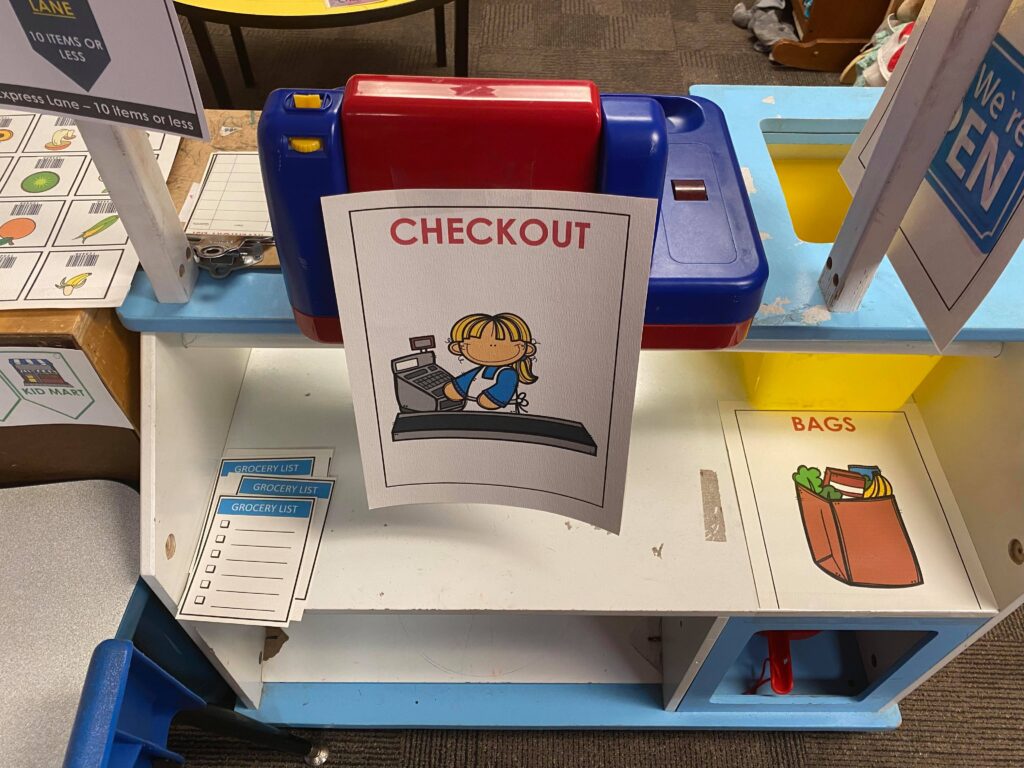
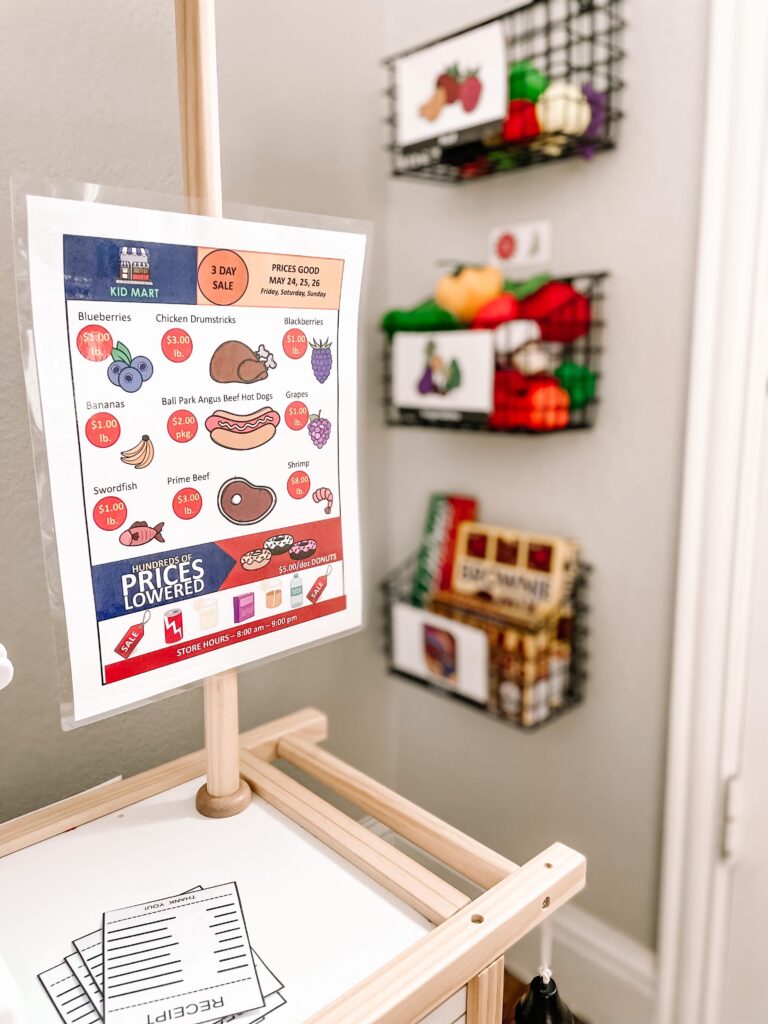
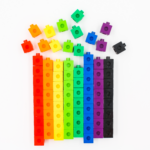

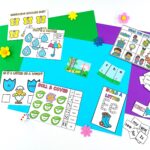
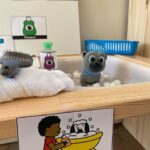
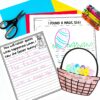
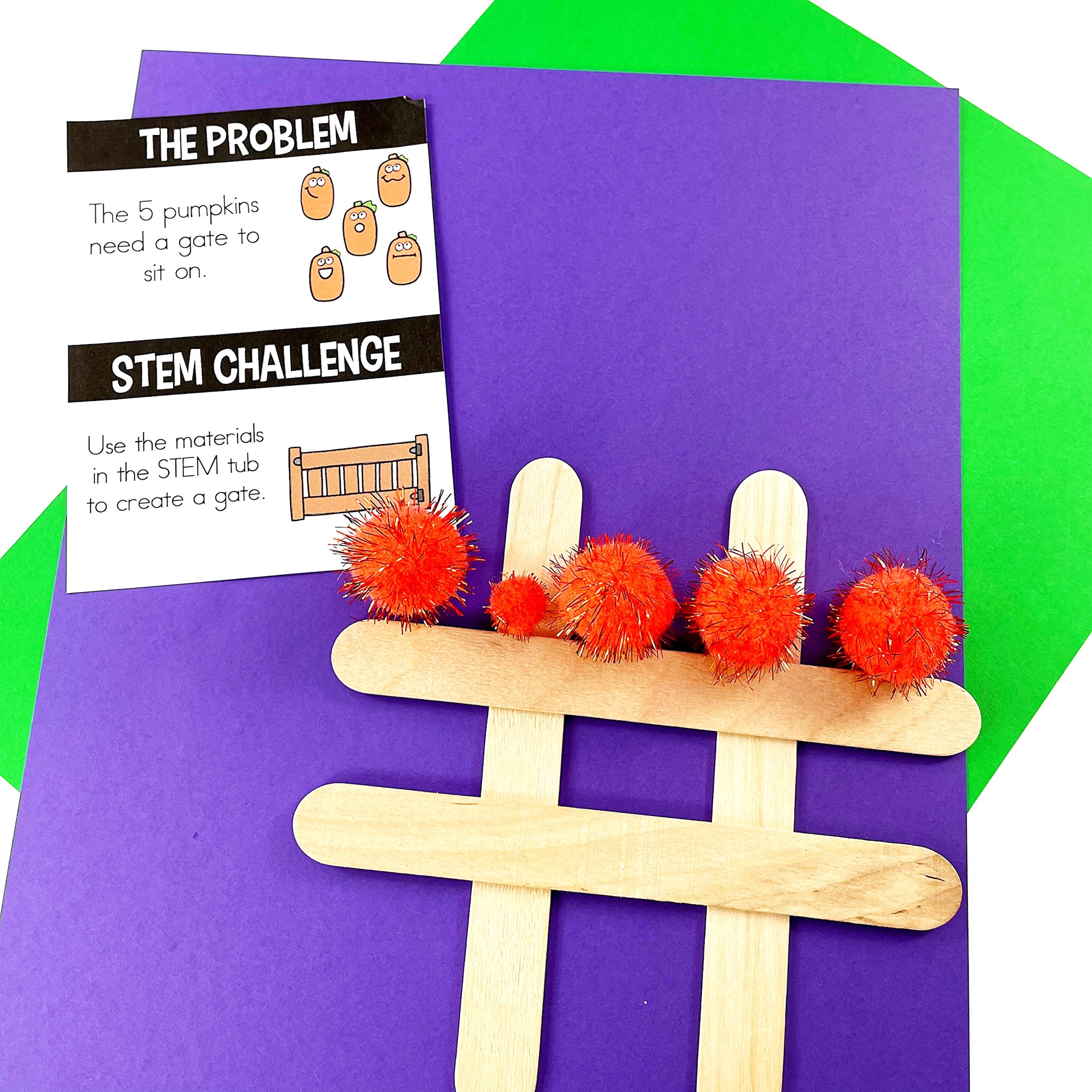
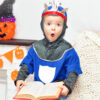
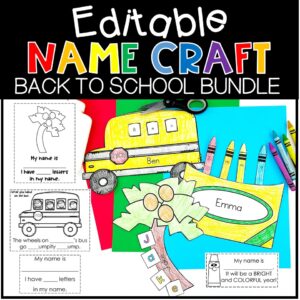
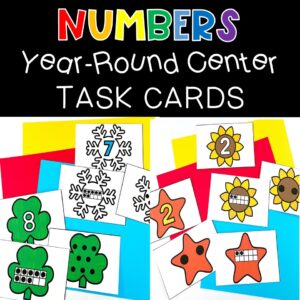

Leave a Reply